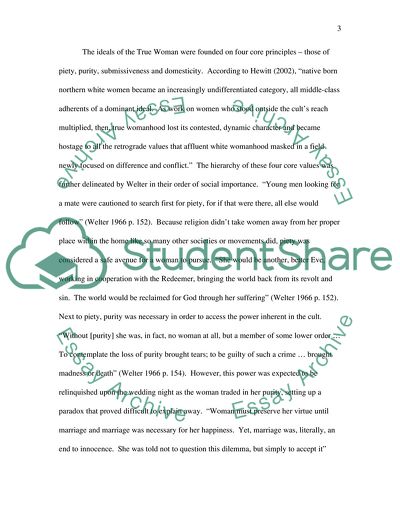Cite this document
(The Cult of True Womanhood Essay Example | Topics and Well Written Essays - 3000 words, n.d.)
The Cult of True Womanhood Essay Example | Topics and Well Written Essays - 3000 words. https://studentshare.org/media/1706910-femininity-and-nurture
The Cult of True Womanhood Essay Example | Topics and Well Written Essays - 3000 words. https://studentshare.org/media/1706910-femininity-and-nurture
(The Cult of True Womanhood Essay Example | Topics and Well Written Essays - 3000 Words)
The Cult of True Womanhood Essay Example | Topics and Well Written Essays - 3000 Words. https://studentshare.org/media/1706910-femininity-and-nurture.
The Cult of True Womanhood Essay Example | Topics and Well Written Essays - 3000 Words. https://studentshare.org/media/1706910-femininity-and-nurture.
“The Cult of True Womanhood Essay Example | Topics and Well Written Essays - 3000 Words”. https://studentshare.org/media/1706910-femininity-and-nurture.


